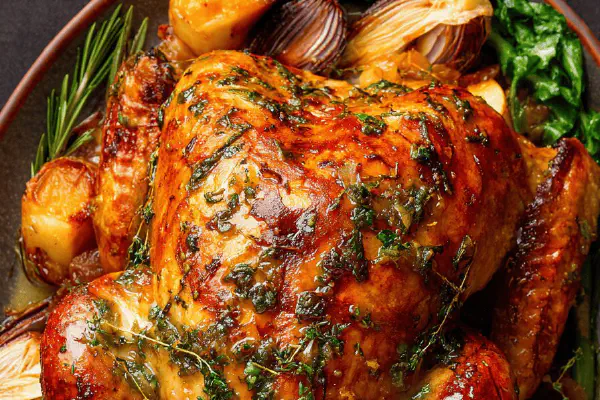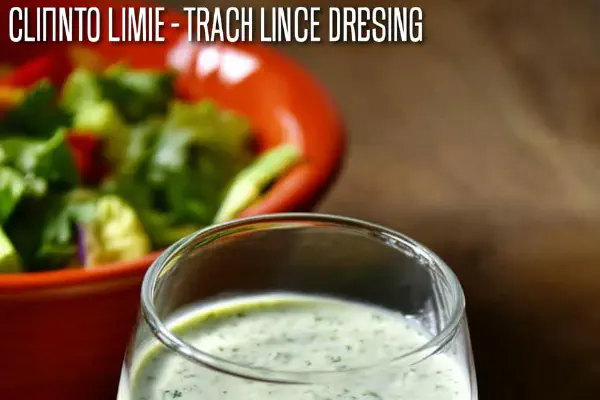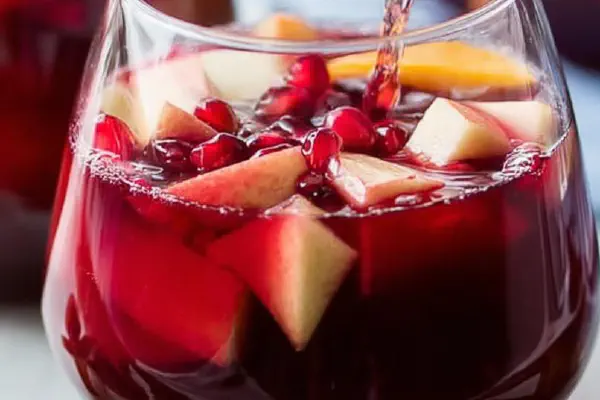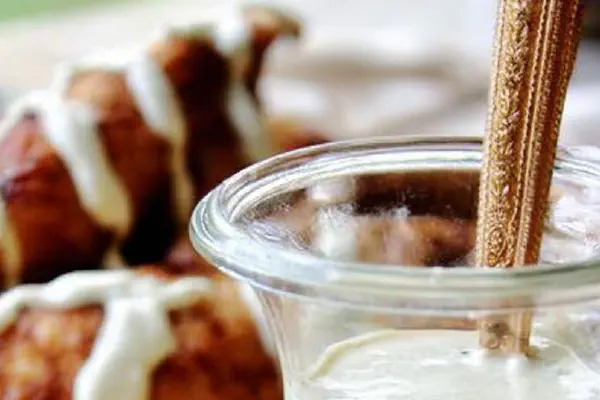Featured Recipe
Spiced Cranberry-Apple Sauce

By Kate
"
Cranberries and apples cooked down with fresh ginger and maple syrup. Tart, silky, lightly textured. Slow simmer softens fruit, releasing sharp-sweet aromatics. Use cinnamon sticks or star anise for warmth. Cook uncovered first to let water evaporate, then low simmer to break down apples. Perfect for roasting sides or spooning over pork. Can swap wild blueberries and pear for different fruit notes. Holds 5-7 days chilled. Fresh, vibrant, rustic sauce with punch.
"
Prep:
25 min
Cook:
45 min
Total:
Serves:
7 cups
sauce
Thanksgiving
autumn
Introduction
Tart cranberries crackle as they hit hot liquid. Apples soften slowly; skins wrinkling, pulpy scent rising. Cooking down fruit is art, requires patience—don’t rush. Heat too high burns sugars; too low, mush turns gluey. Fresh ginger cuts sweet heaviness; lemon brightens deep flavors. Let syrup listen to pan’s bubble tempo—steady hiss, not roar. Texture varies by mash or blender, each method changing mouthfeel, character. Keep in fridge covered tight. Thickens, melds flavors. Good side for pork or poultry, a chaser for game. Sub in other seasonal fruit, adapt sweetness to taste and use. This method builds reliable balanced sauce, every step matters.
Ingredients
About the ingredients
Apples are foundation, choose firm types like Granny Smith or Braeburn. Their acidity keeps sauce vibrant. Fresh cranberries bring that signature tart pop. Maple syrup gives natural sweetness with depth—sub honey or agave if unavailable but sugar changes texture, may need adjusting. Ginger should be fresh; ground ginger works but weaker, add a touch. Cinnamon sticks offer slow release of spice, powder is faster and stronger. Lemon zest and juice balance richness and keep flavor layered. Salt isn’t optional—it brightens all fruit notes, reduces dullness. Water controls consistency; add sparingly just to prevent scorching, don’t flood.
Method
Technique Tips
Starting uncovered with medium-high heat lets evaporate majority of water content; crucial for concentration. Observe bubbling pattern—a gentle roaring boil breaks taste down too fast, caramelization shifts. Stir frequently after adding spices—avoids sticking, distributes flavors evenly. Low simmer carefully breaks down apple cells without turning gluey; patience wins texture prize. Testing doneness by pressing fruit is better than stopwatch; cooking times depend on apple variety and stove. After softening, choose texture outcome: mashing leaves rustic chunks, blending smooths sauce but lose character. Store in airtight container to prevent oxidation and drying. To reheat, add splash of water if thick or grainy.
Chef's Notes
- 💡 Watch for apple texture. Use firm types. Granny Smith, Braeburn work well. Don’t rush—even simmering matters. Adjust heat. Too high burns, too low turns mushy.
- 💡 Fresh ginger adds bite. Ground works, but weaker flavor. Use extra or adjust to taste if needed. High heat burns sugars; pay attention to bubbling sound.
- 💡 Stir often after adding spices. Prevents sticking. Evaporation vital in first phase. Keep it bubbling gently—no raging boil, or risk bitterness.
- 💡 Mashing gives chunkiness. Blending yields smoothness. Each method alters texture—decide your goal before blending. Watch for character of sauce.
- 💡 Storage matters. Airtight container to prevent oxidation. Refrigerate. If too thick when reheating, a splash of water solves that. Regain pourability.
Kitchen Wisdom
Can I use different fruit?
Yes, swap pears for apples. Wild blueberries work, too. Adjust sweetness as needed. Each fruit gives unique flavor.
How to know when it's done?
Press a chunk with fingers or fork. Should be soft. No big chunks. Watch simmer time closely—apples differ.
What if it's too tart?
Add maple syrup gradually, one teaspoon at a time. Check after each addition. You control sweetness here.
How long can I store it?
A week in the fridge if airtight. Freezing is an option, too. But texture may change when thawing.



